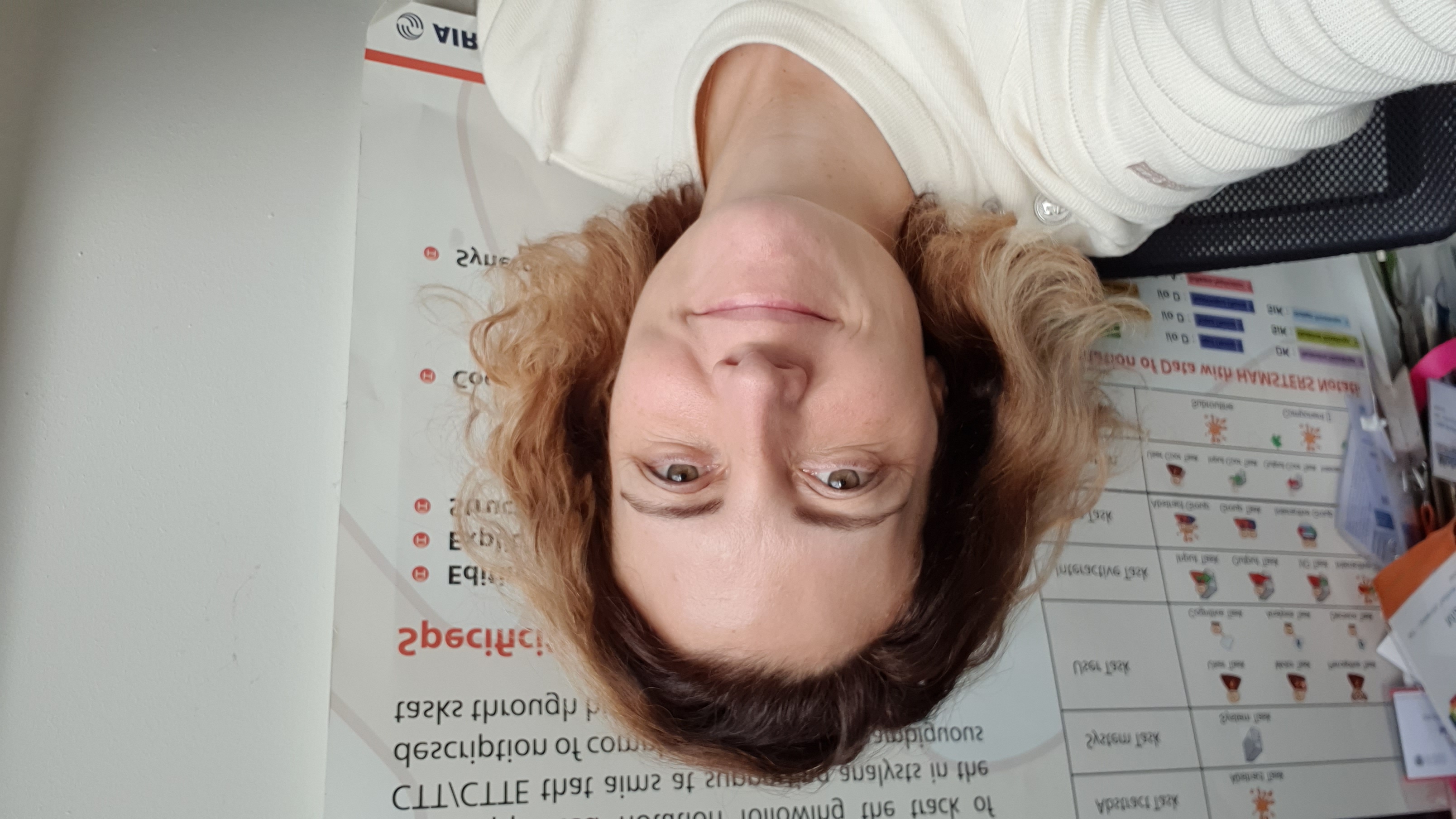Cited By
View all- Carayon AMartinie CPalanque PBarboni ESteere S(2024)A Systematic Process to Engineer Dependable Integration of Frame-based Input Devices in a Multimodal Input Chain: Application to Rehabilitation in HealthcareProceedings of the ACM on Human-Computer Interaction10.1145/36646338:EICS(1-31)Online publication date: 17-Jun-2024
- Carayon AMartinie CPalanque P(2024)MUMR-MIODMIT: A Generic Architecture Extending Standard Interactive Systems Architecture to Address Engineering Issues for RehabilitationEngineering Interactive Computer Systems. EICS 2023 International Workshops and Doctoral Consortium10.1007/978-3-031-59235-5_4(28-40)Online publication date: 8-Aug-2024






